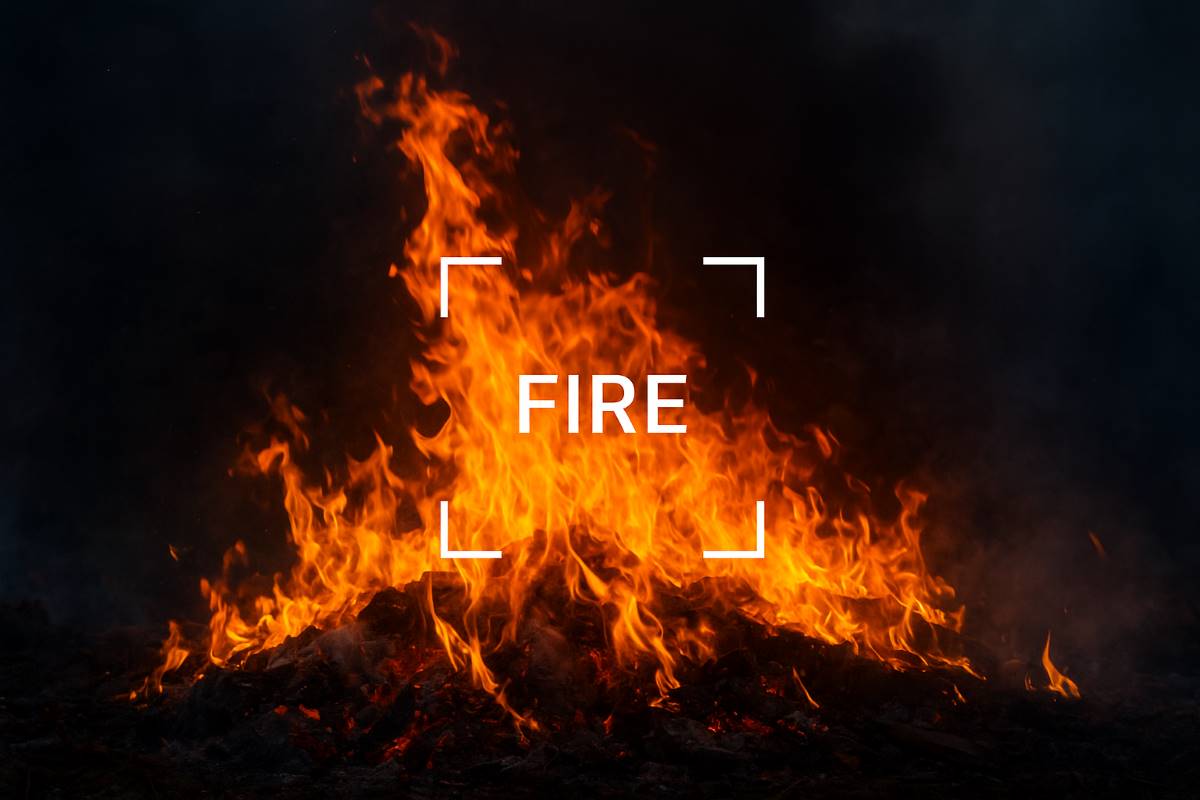Why AI-Powered Fire Detection is Essential in 2025
1. Early Detection Saves Lives
AI systems use advanced sensors and computer vision to detect smoke and flames faster than traditional detectors. Early detection can significantly reduce casualties and property damage.
2. Reduced False Alarms
AI algorithms can differentiate between actual fire/smoke and harmless sources like cooking smoke or steam, minimizing false alarms and unnecessary panic.
3. Real-Time Monitoring & Alerts
Connected to IoT devices, these systems provide instant alerts to mobile devices, fire departments, or building management systems, ensuring rapid response.
4. Integration with Smart Systems
AI detection can integrate with sprinklers, HVAC systems, and emergency lighting to automate safety responses, enhancing overall efficiency.
Key Components of an AI Fire and Smoke Detection System
- High-Precision Sensors
- Smoke sensors, thermal cameras, infrared detectors, and gas sensors provide accurate input for AI analysis.
- AI & Machine Learning Algorithms
- Deep learning models analyze sensor data to detect patterns indicating fire or smoke.
- Convolutional Neural Networks (CNNs) are commonly used for image-based detection.
- IoT & Connectivity
- Real-time alerts via cloud or edge computing platforms.
- Integration with emergency response systems for automated actions.
- User Interface & Dashboard
- Mobile apps or web dashboards for monitoring alerts, system health, and historical data.
Step-by-Step Guide to Developing the System
Step 1: Collect & Prepare Data
- Gather image and video data of fire, smoke, and safe conditions.
- Label datasets for supervised learning.
- Use publicly available datasets like FIR-Image, SmokeNet, or custom collected data.
Step 2: Train AI Models
- Use CNNs or YOLO (You Only Look Once) models for real-time fire/smoke detection.
- Apply data augmentation to improve model robustness.
- Validate the model with unseen test data for high accuracy.
Step 3: Integrate Sensors & Cameras
- Install smoke, thermal, and infrared sensors at strategic locations.
- Connect cameras to process real-time video streams for AI analysis.
Step 4: Develop Alert System
- Use IoT communication protocols like MQTT or HTTP APIs.
- Integrate with mobile apps, email, or SMS for instant notifications.
Step 5: Continuous Learning & Updates
- Implement feedback loops where false positives/negatives help retrain the AI model.
- Regular updates ensure adaptability to new fire scenarios.
Future Trends in Fire & Smoke Detection
- Edge AI Processing: Reduced latency for instant detection.
- Integration with Drones & Robots: Firefighting drones for inaccessible areas.
- Predictive Fire Analytics: Using AI to predict fire outbreaks based on environmental data.
Conclusion
Developing an AI-powered fire and smoke detection system in 2025 offers a proactive, intelligent, and highly reliable solution for fire safety. By combining AI algorithms, smart sensors, and IoT connectivity, businesses and households can ensure faster response times, reduce losses, and save lives.

